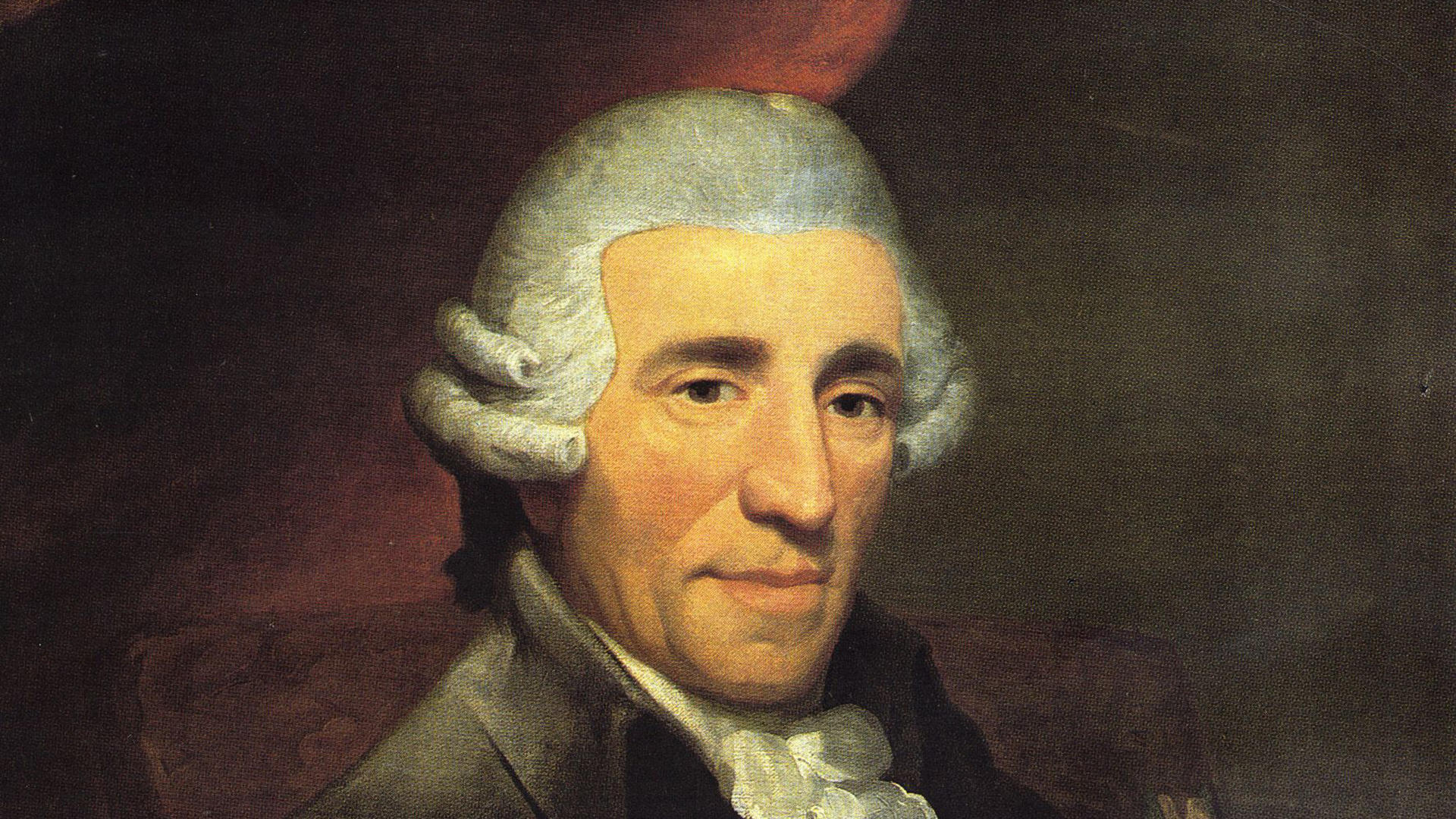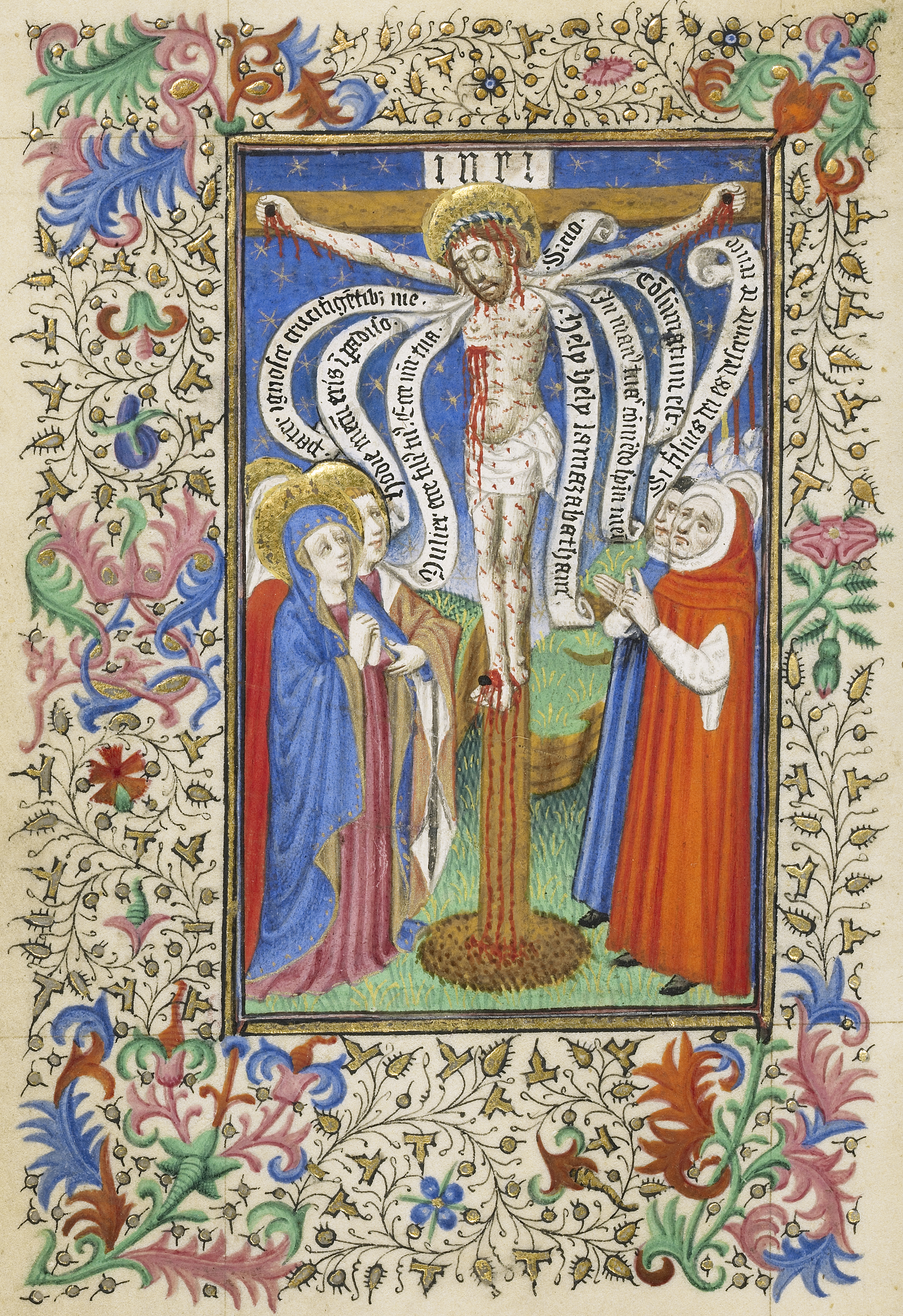
The 18th and 21st centuries will shake hands April 16 as Juilliard415 teams up with seven prominent American prominent composers at the Cathedral of St. John the Divine. The Seven Last Words Project will feature performances of Joseph Haydn’s monumental sacred string quartet The Seven Last Words of Christ alongside newly commissioned companions to each of the movements by Reena Esmail (BM ’05, composition), Colin Jacobsen (Pre-College ’94; BM ’99, violin), Jessica Meyer (BM ’96, MM ’98, viola), Nico Muhly (Barnard-Columbia-Juilliard exchange ’92, MM ’94, composition), and Paola Prestini (BM ’98, MM ’00, composition), Caroline Shaw (Juilliard Creative Associate), and Tania León.

The Seven Last Words of Christ is unique in Haydn’s output. Grander in scale than any of his other purely instrumental works, a complete performance of its nine movements—an introduction, conclusion, and seven “Sonatas,” one for each of Christ’s pronouncements—lasts just over one hour. The work was composed in 1786, when Haydn was 54 years old and finally able to enjoy some of the benefits of being one of Europe’s most popular composers. Though his music had circulated widely in unauthorized editions for nearly 20 years, it was not until a 1779 contract renegotiation with his longtime employer Prince Nikolaus Esterházy that Haydn was permitted to officially publish his music or to accept commissions at will. This piece was the result of a particularly lucrative commission from a cathedral in Cádiz, Spain, which wanted Haydn to create music for the observance of Lent—the performance here takes place during the final days of Lent: Holy Week.
“The ‘Seven Last Words’ are the words [and phrases] recorded in the various gospels that Christ spoke upon the cross: three in Luke, three in John, and one that appears both in Matthew and Mark,” says Robert Mealy, director of Historical Performance. “Traditionally, these statements are put into a sequence where Christ speaks of forgiveness, salvation, relationship, abandonment, distress, triumph, and reunion. Haydn wrote a series of instrumental meditations on these texts. Each movement was performed after a brief spoken meditation on each ‘Word.’ These individual movements often reflect the rhythm or rhetoric of Jesus’s phrases.” After the Cádiz premiere of the orchestral version, The Seven Last Words quickly garnered repeat performances across Europe. To broaden the work’s appeal (and no doubt its marketability), Haydn created arrangements for both string quartet and solo piano, and later expanded it to include a chorus. However, the work’s scope and somber nature present some challenges to today’s audiences.
Even Haydn remarked, “it was no easy task to compose seven adagios lasting 10 minutes each, and to succeed one another without fatiguing the listeners; indeed, I found it quite impossible to confine myself to the appointed limits.”
This new project was the brainchild Historical Performance second-year Keats Dieffenbach, a violinist. “She had the idea of presenting the Seven Last Words as a Juilliard415 program in the wonderfully meditative space of the Cathedral of St John the Divine,” Mealy said. “Since one of the biggest challenges of this work is that it is a somewhat unrelenting sequence of adagios, Keats had the brilliant thought of providing contrast and a new depth to the event by commissioning contemporary composers to reflect on the issues raised in each of the ‘Words’.”
The commissioned responses to the movements are not designed to literally counterbalance the gravity of Haydn’s lengthy adagios, but rather were requested to be three to four minutes each. The composers were also not required to utilize the full quartet but were invited to compose for solo instruments or subsets of the quartet. They have also been invited to trust their instincts on how best to compose for period string instruments, which feature shorter, flatter fingerboards and gut strings and which lack modern chin and shoulder rests.
This diverse and imaginative group of composers brings a wealth of viewpoints to the project. Jessica Meyer, a violist with experience performing on Baroque instruments, describes her process as deriving from “an emotional narrative.” According to Meyer, “There are many layers to the words I am assigned to in the first Sonata: ‘Father, forgive them, for they do not know what they do.’ When I first listened to this particular Haydn movement, I was struck by how pleasant it initially sounded, but upon digging deeper, you clearly hear the yearning chromaticism and the pleading gestures of another time. In writing my response, I have maneuvered these gestures in various layered, fragmented, and elongated forms to get the utmost emotional impact, all while exploring the very specific resonances that I enjoy when playing on gut strings.”
Reena Esmail’s contribution is scored for unaccompanied cello, and will fall between the fifth and sixth “Sonatas.” Sonata V is based on the word “Sitio” or “I Thirst,” and Sonata VI is based on the words “Consummatum est” or “It is finished.” Esmail explains, “My piece explores the transition between these two states of being: one of thirst—of longing for the very substance that sustains life, and one of the acknowledgement of death—the letting go of that need of water, and consequently of the need to live. What was that journey in Christ’s mind from the desire to live in his earthly body to the acceptance that it must be let go? What is that journey for any mortal?”
This is not Juilliard415’s first experience with contemporary music; the ensemble previously performed another of Esmail’s works and premiered a piece by Juilliard faculty member Philip Lasser (DMA '94, composition). But it is the department’s first foray into directly commissioning new work, part of a broader trend of composers and HP performers collaborating. “New music and early music seem very far apart, but they can often share a similar approach to the act of creating music,” Mealy notes. “Both are often concerned with the vividness of specific musical gestures, and with the possibilities offered by the sensuality of sonority and musical textures. For us in Historical Performance, our job is to make the music of the past come alive as immediately and as compellingly as possible: to discover how all music can be new music.”
Composer Evan Fein (MM ’09, DMA ’14, composition) is on the Pre-College and Evening Division faculties
This article is adapted from one that appeared in the March Playbill and appears by permission.